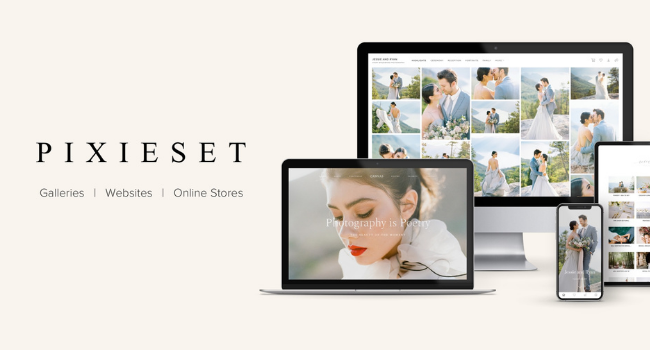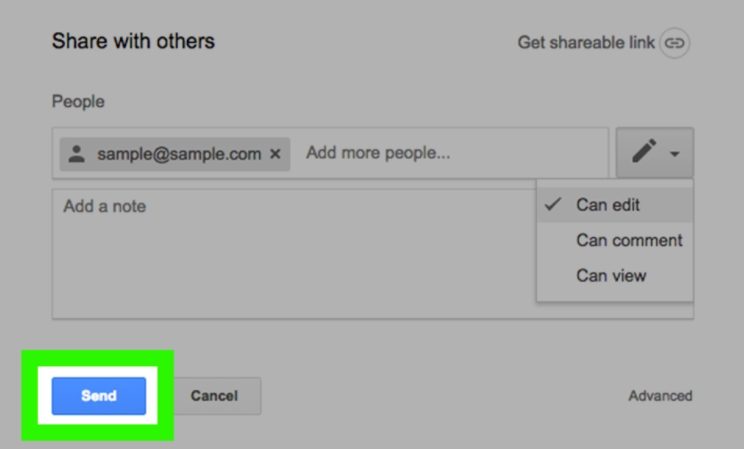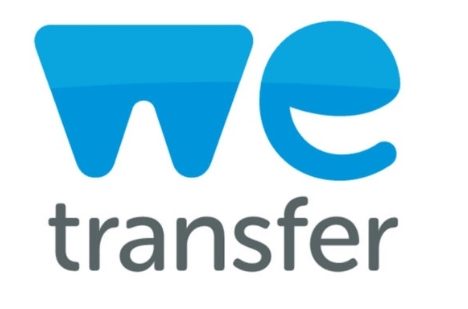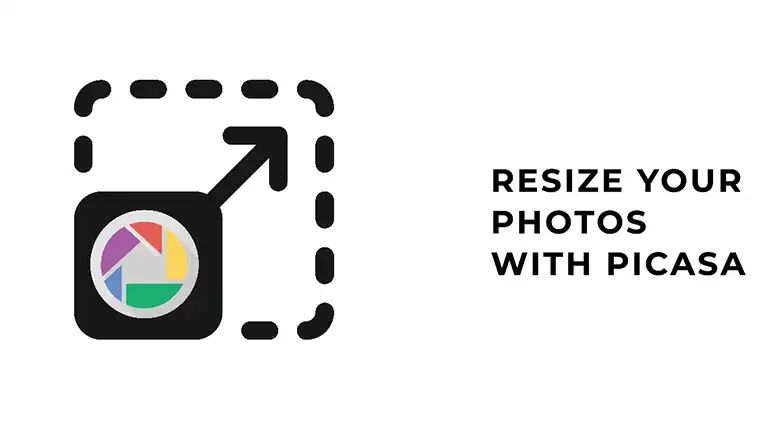Sharing pictures is a definitive objective for any photography workforce. It is vital to send the pictures to the clients after completing them as soon as could be expected. Sharing photographs with one’s clients gets harder when one has large size files. This is a problem that most photographers encounter. This problem harms both the photographer and the client. The best way to share photographs with clients is simple.
At the point when one has enormous bunches consisting of many pictures with high document size, hardships arise. The most widely recognized issues of document sharing are record size, record security, move speed and lack of tracking. Lack of ensuring consistent picture sharing capacities causes lots of photographers to lose their clients.
What to Consider before Sharing Photos with Clients?
How a photographer utilizes picture sharing will rely upon his objective. Does he lean towards the clients to pick their beloved ones from an internet-based exhibition? Or does he needs to impress his clients? Do the clients need their picture at high goal? Do the clients desire an option to download the photos?

The photographer’s requirements will decide the picture-sharing arrangement. A large portion of the DSLR cameras produces high megapixel photos. Canon 5DX is the most loved DSLR camera used by the most expert photographers for still life photography. It is known for being the best at producing 50-megapixel photos. It is certain to get pictures with fine detail with Canon 5DX.
Thinking about the size and space of the record while going to choose the conveyance choices. On the off chance that one has a necessity to send a few PSD records to an organization, the documents will be tremendous and will require an appropriate arrangement. When deciding on how to share photographs, it is appropriate to think about the satisfaction of potential clients
If the photos are for interpersonal interaction destinations only, it’s best to make little documents. Both applications reduce enormous pictures and erase pointless information. Depending on one’s interest, there are various ways to share photographs with potential clients. This article sheds light upon and provides adequate information on the best ways to share photos with clients.
7 Best Ways (Applications) to Share Photos with Clients

1. ShootProof
ShootProof highlights adaptable exhibitions, portable client applications, studio the executives devices, Lightroom display the board module, iPad lead age application and that’s just the beginning. It is possible to sell photos with ShootProof. On the landing page, a user is welcomed with the expression: Create the Photography Business of Your Dreams.
Process:
The connection point in Shootproof is so coordinated, so it’s not difficult to track down what one needs.
The principal menu tab is for the “Dashboard”. This gives the photographic artist a record of new exercises, including deals with history or lab orders. It also shows warnings. For instance, when clients have wrapped up choosing their beloved pictures from the display. This is likewise where the picture taker goes to make another display.
The subsequent menu is a dropdown tab titled “Studio”. It contains every single worldwide setting and many highlights. This incorporates programmed messages or formats, agreements, and connection point styling choices.

The next menu dropdown is “Photographs”. This is the section where the user observes every one of the various potential outcomes to feature pictures to his clients.
The photographer can observe all the data connected with deals in the second-to-last dropdown “Commerce”.
The last tab is for “Reports”. The photographer will track down data on display guests, deals, requests, and receipt installments.
Pros:
✅ Only 100 Image Per Month(Free Version)
✅ Simple Proofing
✅ PIN protection and resizing options
Cons:
⭕ Limited Storage
⭕ Creating Galleries
2. Pixieset
Pixieset is an across-the-board stage for present-day photographers, offering photograph client displays, sites, online stores and studio executives programming tools. It has social sharing inherent with a cutting edge work process for sharing photos with clients on the web. Clients can download their photographs from a photograph display. It permits quick and secure, full control on sizes, and good tracking service.
It is constructed uniquely for photographers. It has both a free and a premium form, yet the free form is sufficient. It is a preferred way over other picture-sharing applications in sharing, conveying and following confirmation for photographers. It gives a protected method for furnishing excellent committed picture displays with delightful cover and format right out of the container.

Process
Selecting a theme is the first step to creating a pixieset website. Whether the photographer is looking to boldly highlight works with big splash images, or fashion a more minimalist layout, he can start with a theme that best represents his style. It is possible to customize the theme to bring those ideas to life, and one can swap the theme at any time.
Once a theme has been chosen, one can start customizing the site by filling in contents and changing the design preferences. On the left of the Website Builder, one will find the Builder Panel, and on the right is the Content Editor which also serves as a live preview of the page.
It is easy to add and remove content from your Website through your Pages Listing tab. Once a photographer finishes building a website, it can be published and shared immediately! After the initial publishing of the site, any further adjustments will be kept private until the re-publishing of the site. Portfolios can also be taken offline at any time by using the “unpublish” button in his Site Settings.
Pros:
✅ Quick to Set Up
✅ Fast upload and download speeds
✅ Good security options
Cons:
⭕ Only 10GB storage on Basic Plan
⭕ No right-click functionality within the admin interface
3. Google Drive
Google Drive is a simple, easy and quick file sharing solution from google. It is safeguarded by Google itself. In light of that, Google drive is adequate for both individual and business use. Google Drive gives many basic security highlights. These are planned explicitly to safeguard, secure and deal with your information. It is viewed as the most ideal way to convey photographs to clients between every one of the free ones you will find on the lookout.

Process
Stage 1: Open the application
On your Android gadget, find and open the Google Drive application through the Google Drive symbol. In “My Drive,” one can see:
- Record and organizer transfer or sync.
- Google Docs, Sheets, Slides, and Forms made.
Stage 2: Upload or make records
- Records can be transferred from a telephone or tablet, or documents can be newly created in Google Drive.
- Transfer documents and organizers to Google Drive
- Work with Office documents
- Make, alter, and design Google Docs, Sheets, and Slides
Stage 3: Share and arrange documents
- One can share documents or organizers for others to see or comment on.
- Share records from Google Drive
- Share envelopes from Google Drive
- Make someone else the proprietor of a document

To see records that others have been shared with you, go to the “Shared with me” area.
Pros:
✅ Available Everywhere
✅ Safe, Secure and Reliable
✅ 15 GB (Free Version) No storage Limit (Pro Version)
Cons
⭕ Not so user-friendly for photo sharing
⭕ Lag in updates during peak hours
⭕ Uploading and Downloading Speed
4. Smash
Smash is likewise probably the most effective way to convey photographs to clients if one has huge size files. It is simple, secure, quick, and picture improving. The beneficiary can counsel a see of the documents that are received before choosing to download them – even from their cell phone.

The photographer can send them to a client by a shareable link and get an email together with other significant media designs. One can choose the accessibility length for his documents once the images are transferred. Also on the off chance that one needs a secret key to cover them. You can send up to 2GB images all at once and it will remain on the cloud for a limit of 14 days.
Process
Once the files are selected, one can choose between 2 options to send the files: by email or by link. Do so at the top of the sending page, by clicking on one of these 2 tabs.
What about the difference between these two ways of sending?
Send by email: enter the sender’s email address and the recipient’s email address, the transfer is then sent by email to the recipient. The sender receives a sending confirmation by email.
Send by link: enter the sender’s email address only, a link is automatically generated from files, the sender receives a copy by email. Then copy the link and communicate it to the recipients in a preferred manner: by message, email, social networks.
Pros:
✅ Send with no size limit
✅ Files available up to 14 days
✅NPassword protection & File previews
Cons:
⭕ Up to 2GB at a Time
⭕ Lack of Customization in Shareable URL Link (Free Version)
5. Dropbox
Dropbox is one of the most often utilized cloud-based record sharing administrations. It has both a free and a business rendition. It is viewed as the world’s first savvy work area. In the free form, one gets 2GB of capacity while in the business adaptation, a capacity of 2 to 3 TB. It is an undeniable decision for some photography experts, as they now have a high possibility involving it for the web-based capacity of different records.

It is an asset that is recognizable to a considerable lot, whether to deal with duty archives or the Lightroom in Dropbox assortment. This current device’s commonality expands its prominence in sharing photographs with clients on the web. It also allows the transfer of files and afterwards sharing of the connection through email
Process
People turn to cloud storage to back up files and to free up space on hard drives. However, new users should be aware that uploading files to Dropbox don’t automatically remove the files from your hard drive. If that’s the objective, one will need to manually delete the files from the computer after uploading them to the cloud.
All files uploaded to Dropbox can be downloaded to a different or new device, including mobile and desktop. This makes it much easier to get set up on a different system, especially if one is starting from scratch due to a malfunction on a previous device. Dropbox has excellent functionality when it comes to sharing files. Getting files to others is simple via shareable links and a range of user permissions.
Pros:
✅ Limited Storage (2 GB in Free Version)
✅ Easy to Use
✅ Hassle-Free Sharing After Installation
Cons:
⭕ Less Professional Due to Storage Limitation
⭕ Takes Up Your Hard Drive Storage in the Installed Version
6. We-Transfer
WeTransfer is one of the well-known file-sharing systems which is free but it also has a paid version. The free version has unlimited sharing but the catch is that one will be able to share only a 2GB limit at one go.

Pros:
✅ Simple Drag and Drop for File sharing
✅ No Zipping Required (Pro Version)
✅ Track Download
✅ Access Control ( Pro Version )
✅ Email transfers to up to 3 people (Free Version) & 50 people (Pro Version)
Cons
⭕ Sharing Limit is Up To 2GB (Free Version) & 20 GB (Pro Version)
⭕ Transfers get deleted after 7 days (Free Version)
7. Adobe Lightroom
Email isn’t always the best way to share photos with clients. It has limitations but can be a great way to show clients a small set of images or show them what is being worked on.
Lightroom is a powerful program for organizing, archiving, and editing photos. It also has other valuable options built into its workflows. One can choose the images to send while in Grid view and then right-click and choose >Email Photos.

Pros:
✅ Built-in file management/cataloging system
✅ Organization with collections and galleries
✅ Fast and easy photo books, slide shows, and web galleries
✅ Non-destructive editing that preserves file data
Cons:
⭕ No layers or blend modes
⭕ Minimal graphic design elements like adding text elements or making advanced collages
Conclusion
Sharing photos with clients is a fundamental component for proficient photographic artists as well as for picture Cutout specialist organizations. Although it is regularly ignored, the aforementioned are probably the best ways to share photos with clients online.

